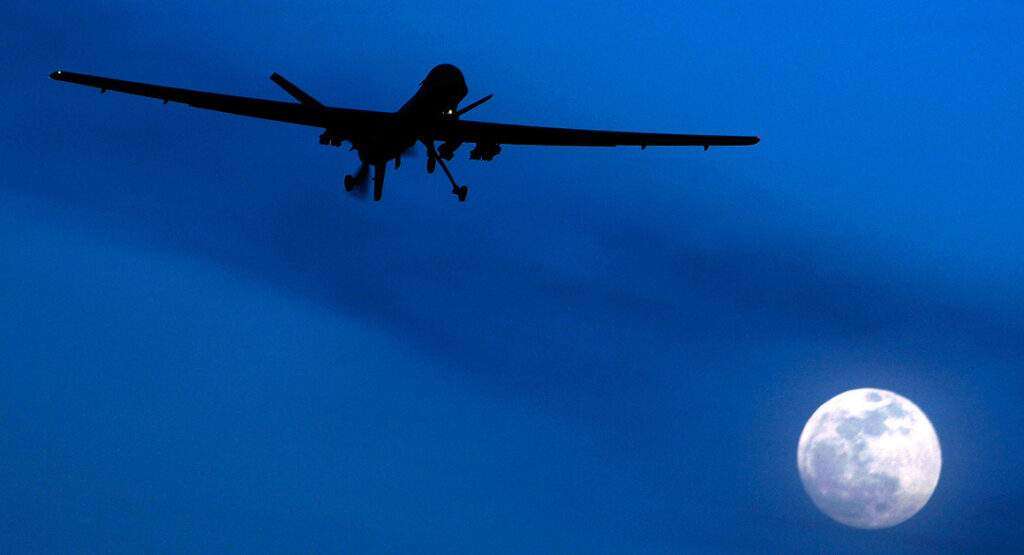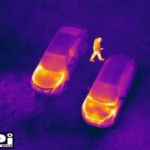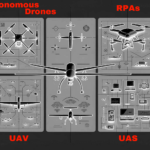Current Drones
In the past few years, drones have soared beyond the realm of niche technology and hobbyist interest to command an ever-growing presence in commercial applications. One of the most compelling of these applications is the use of drones for delivery services. Pioneered by titans such as Amazon, UPS, and Google’s Alphabet, drone delivery has evolved from a speculative idea to a viable alternative to traditional delivery methods.
This article aims to delve into the opportunities and challenges presented by the future of drone delivery services, shedding light on the potential and pitfalls of this rapidly developing sector.
Opportunities
Environmental Sustainability of Drones
Environmental considerations play a crucial role in shaping our technological future. Drone delivery services provide an attractive solution to reducing carbon emissions, a major contributor to climate change.
As drones are generally electrically powered, they do not release the harmful greenhouse gases that traditional delivery vehicles do. Thus, as the world becomes increasingly focused on sustainability, drone deliveries could be a critical factor in reducing the carbon footprint of logistics and transport operations.
Efficiency and Speed
In an age of instant gratification, speed matters. Consumers have increasingly high expectations for delivery times, and businesses are under pressure to meet these demands.
Drones, unencumbered by traffic congestion or terrestrial obstacles, can potentially offer unparalleled speed of delivery, even within the same day or hour of order placement. They also make it possible to provide services round-the-clock. The implication for sectors such as e-commerce, healthcare, and food delivery is profound, potentially revolutionizing service delivery and customer satisfaction.
Accessibility
Accessibility is another significant advantage of drone delivery services. Many communities, particularly in rural or geographically challenging areas, often struggle with access to essential goods due to the difficulty traditional delivery vehicles face in reaching them.
Drones can easily traverse such terrain, providing an innovative solution to the challenge of ensuring equity in access to goods and services. Beyond commercial benefits, this ability could also be crucial in providing aid in disaster-struck regions, where access can literally be a matter of life and death.
Reduced Operational Costs
While the upfront costs of deploying a fleet of drones can be significant, the long-term operational costs could potentially be lower than traditional delivery methods.
Drones can save on costs associated with fuel, vehicle maintenance, and labor. Additionally, they could potentially lead to reduced accident-related costs as automation reduces the scope for human error. Thus, drone delivery could be an economically beneficial solution for businesses in the long run.
Challenges
Managing airspace congestion is one such challenge. The exponential increase in drone usage risks overcrowding the sky, raising safety concerns for other aircraft.
From a political perspective, aviation authorities, pilots’ unions, and other airspace users have a significant interest in how this issue is managed. Policymakers must navigate these competing interests to establish rules that maintain safety standards without stifling drone industry growth.
Safety First
Politics at the Intersection of Innovation and Public Safety
The issue of safety extends beyond preventing mid-air collisions. The potential for drones to malfunction or be involved in accidents that harm people or property on the ground is a legitimate concern.
It becomes a politically sensitive issue, as public safety is a paramount concern for any government. Striking a balance between encouraging technological innovation and ensuring public safety requires delicate political maneuvering.
Privacy Protection
A Politically Charged Regulatory Challenge
Privacy protection is another regulatory challenge that is highly politically charged. Drones equipped with cameras or other data collection tools can infringe on personal privacy, leading to public outcry and increased political pressure for restrictive regulations.
Balancing the public’s right to privacy with the commercial benefits of drone technology is a complex task that policymakers must handle with care.
Cross-Border Harmony
The Politics of International Drone Regulations
Additionally, international politics can also play a role in shaping drone regulations. As drone delivery services transcend national boundaries, there is a need for cross-border regulatory harmonization.
However, such coordination can be fraught with political difficulties due to variations in national interests, legal systems, and risk perceptions.
Industry Engagement
Fostering Growth through Regulatory Dialogue
To foster the growth of drone delivery services, it is critical for industry players to actively engage with policymakers and contribute to the regulatory conversation.
Through constructive dialogue, education, and cooperation, it is possible to shape a regulatory environment that supports the advancement of drone technology while adequately addressing the associated safety and privacy concerns.
Building the Skyways
Infrastructure Needs for Drone Delivery Services
The foundation of a successful drone delivery network relies heavily on robust, specifically designed infrastructure.
This infrastructure should cater to the unique operational characteristics and requirements of drones, and its implementation must be cost-effective, practical, and safe. The primary components include drone ports, maintenance facilities, and advanced air traffic control systems.
Drone Ports
Launch and Landing Hubs
Drone ports or vertiports act as the drone’s version of airports. They serve as both the launch and landing sites for delivery drones. These ports should be equipped to handle multiple drones at once, ensuring smooth and efficient operation. In urban areas, rooftops of commercial buildings or designated areas within parking lots could serve as ideal locations for drone ports.
Some cities have begun experimenting with drone ports. In Rwanda, for example, Zipline, a drone delivery company, uses these ports for their drone-based medical supply delivery.
Similarly, in China, JD.com, a leading e-commerce company, has set up drone ports in rural areas to facilitate quicker deliveries.
Drones and Maintenance Facilities
Ensuring Drone Health
Maintenance facilities are crucial to ensure the drones remain in optimal condition for safe and efficient operation. They should be equipped to handle battery replacements, mechanical repairs, and software updates.
Dedicated hangars, similar to those used for aircraft but on a smaller scale, could serve as the maintenance facilities. They could be co-located with the drone ports for ease of access, reducing downtime between flights.
In the US, companies like Amazon and Wing Aviation have already set up sophisticated maintenance facilities to keep their drone fleets operational. They have employed skilled technicians and developed software to manage the maintenance process efficiently.
Advanced Drones and Air Traffic Control Systems
Managing the Skies
A sky filled with autonomous drones necessitates sophisticated air traffic control systems. Unlike traditional air traffic control that handles relatively few, large aircraft, drone traffic management needs to accommodate a high volume of small drones operating at low altitudes.
Digital solutions are key to managing this complexity. AI-powered systems could monitor and control drone traffic, identifying potential collisions, and redirecting drone paths as necessary. They could also integrate weather data and no-fly zone information to guide drone navigation.
NASA, in partnership with the FAA in the US, has been developing an Unmanned Aircraft System Traffic Management (UTM) system designed to manage drone traffic. Similar initiatives are underway in Europe under the European Union’s U-space project.
Drone Highways
A concept currently under exploration is the establishment of “drone highways” or designated air corridors for drones. These corridors would provide predefined routes for drones to travel, minimizing the risk of collision and interference with other airspace users.
In Singapore, Airbus tested this concept by delivering packages across a university campus via a designated drone route. In the US, the North Carolina Department of Transportation is exploring the implementation of drone highways for medical deliveries.
The creation of drone-specific infrastructure is a challenging but necessary step for the successful implementation of drone delivery services. It requires careful planning, significant investment, and innovative solutions. However, as evidenced by initiatives worldwide, this daunting task is not insurmountable. With sustained effort and collaboration, a future where drone delivery is a commonplace reality is within reach.



